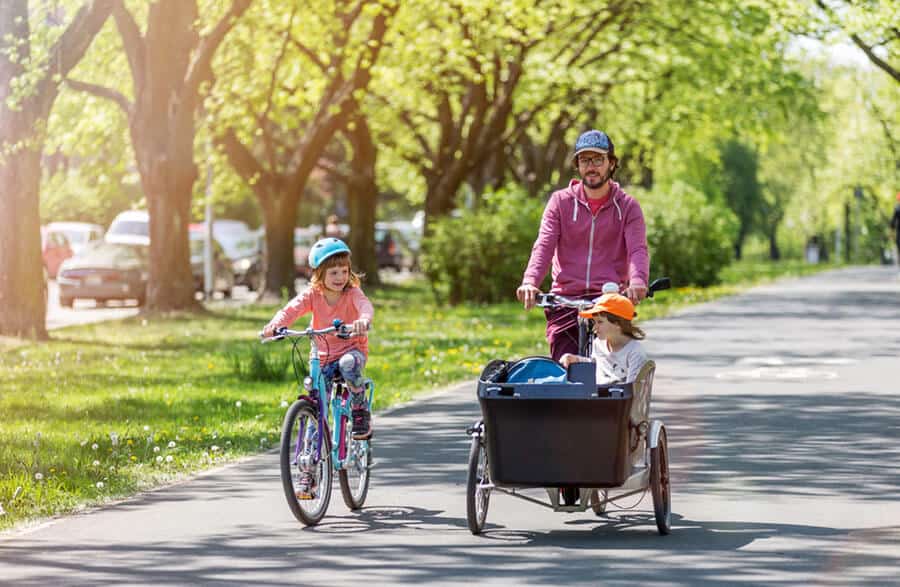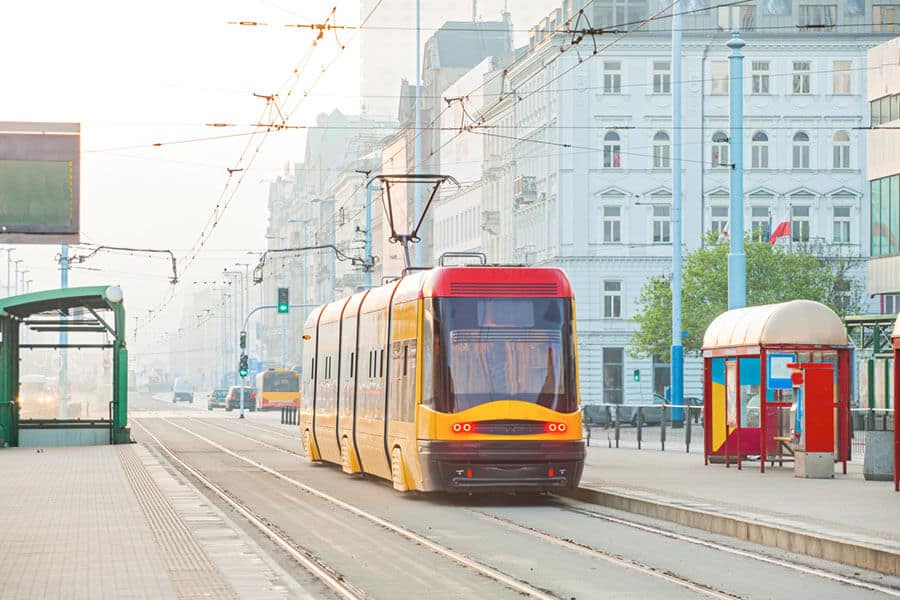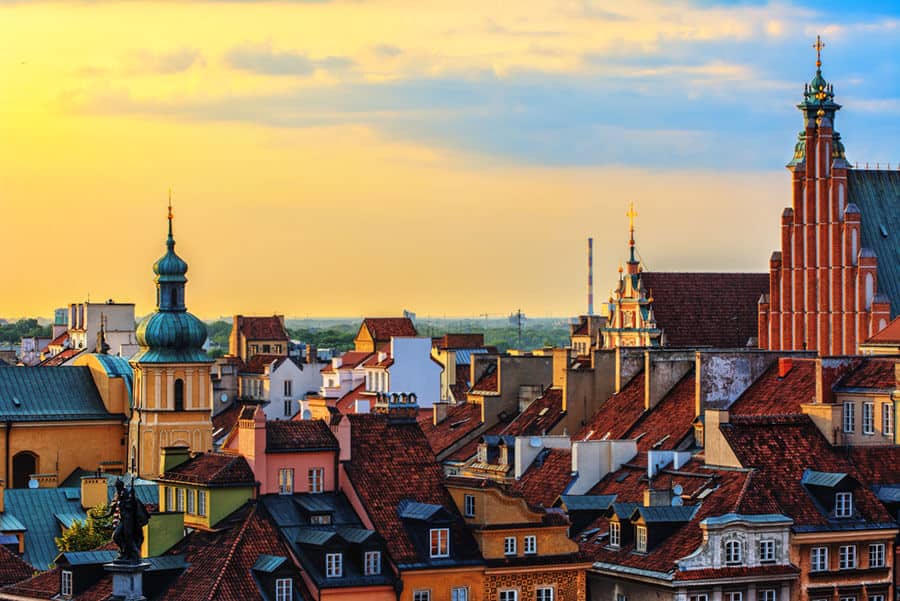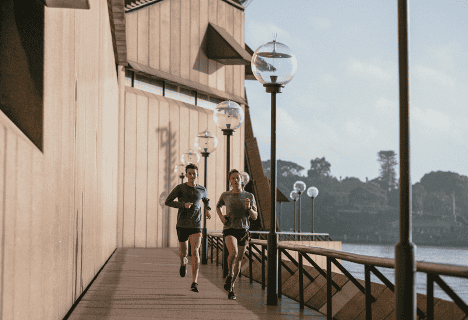Last November, Warsaw were recognised the European Commission’s 2020 Access City Award after efforts to make their streets more accessible. But what can other places in Europe, and across the world, learn from the Polish Capital?
Accessible Warsaw: Since 2011, the Commission has been running the award to showcase how cities are making their streets fairer and more equal for all.
Former winners include Berlin and Milan, but there are plenty of places across the continent where these standards fall shorter than those previous winners.
Warsaw is an interesting winner of the 2020 race, having made a lot of their improvements in a short amount of time, showing that things can change quickly if a place is willing to work hard at their accessibility flaws.
Here are just a few things that Warsaw improved that can be implemented in other cities to build a society fairer for all.
Breaking Down Barriers
One of the first things the Polish capital did was remove barriers across the city, which spans both sides of the Vistula River.

This simple innovation saw old, tired infrastructure removed and replaced with accessible ones, suitable for wheelchair users and those with visual impairments.
This makes the city freer, allowing nothing to get in the way of anyone’s enjoyment of Warsaw.
According to the European Commission, this is still an “ongoing process”, but one that the city has made “great strides in improving” in just a few years.
This has also allowed pedestrian and bicycle lanes more accessible, whilst not interfering with the busy flow of Warsaw’s roads.
This does not mean that this part of their plan has been finished, but it is a great start, recognized by the Commission.
Not only that, but any changes to Warsaw’s infrastructure will now have to comply with accessibility rules.
Public Transport
With most disabled users relying heavily on public transport whilst commuting to work or when visiting a new city, it is pivotal that cities make their services as user friendly as possible.
Warsaw took this seriously, making all of their train, metro and bus stations accessible for all.
This means creating alternative ways onto the platforms or stops with the use of ramps or with the removal of steps.
A simple, yet empowering move when it comes to accessibility.

Another way to see a city, of course, is by taking to the streets. In Warsaw, flat, smooth surfaces were installed to make it easier to get around.
This is something that other cities can look to fix, by removing obstructive materials, such as cobbles, that greatly hamper those people with disabilities, especially wheelchair users.
Using Technology
With a world now more connected than ever, using applications and websites is a logical step to modernizing cities’ infrastructure. In Warsaw, their website has been made accessibility-friendly with more than 300 employees trained on the uses of it.
They also have an application in the works, geared at making the city more accessible with investments continuing to improve their digital communication in the future – supporting those with learning difficulties and hearing impairments.
What are Other Cities Doing?
Warsaw are not the only ones across the globe making their cities more accessible.
In Seattle, Washington, a hilly city, they are remodelling online maps through an app, suggesting routes that are flatter, warning about steeper gradients and describing city limitations such as curb ramps and poorly conditioned streets.

In Singapore, where there population is ageing and by 2030, 20% of their citizens will be older than 60, the principality is investing in their accessibility. Buildings like CapitaGreen, in the central business district, has made sure their lift doors stay open for longer, handrails flank both sides of stairs with braille descriptions and hearing loops are included for those using hearing aids
Across the world, cities can look to the likes of Warsaw for inspiration as to how they can change their city for the better. As European Commissioner for Employment, Social Affairs, Skills and Labour Mobility, Marianne Thyssen said: “With the Access City Award, winning cities can be an inspiration for other EU cities and beyond that encounter similar challenges.
Warsaw, winner of the 10th edition, is a model for others, showing that a lot can be done in a very short amount of time and that commitment can be key to success.”
The 2021 Access City Award is set to be announced on 1st December 2020.
Photo: Shutterstock
Want some travel ideas during this challenging time? Here are some of the best tips:
Support us!
All your donations will be used to pay the magazine’s journalists and to support the ongoing costs of maintaining the site.
Share this post
Interested in co-operating with us?
We are open to co-operation from writers and businesses alike. You can reach us on our email at cooperations@youthtimemag.com/magazine@youthtimemag.com and we will get back to you as quick as we can.










